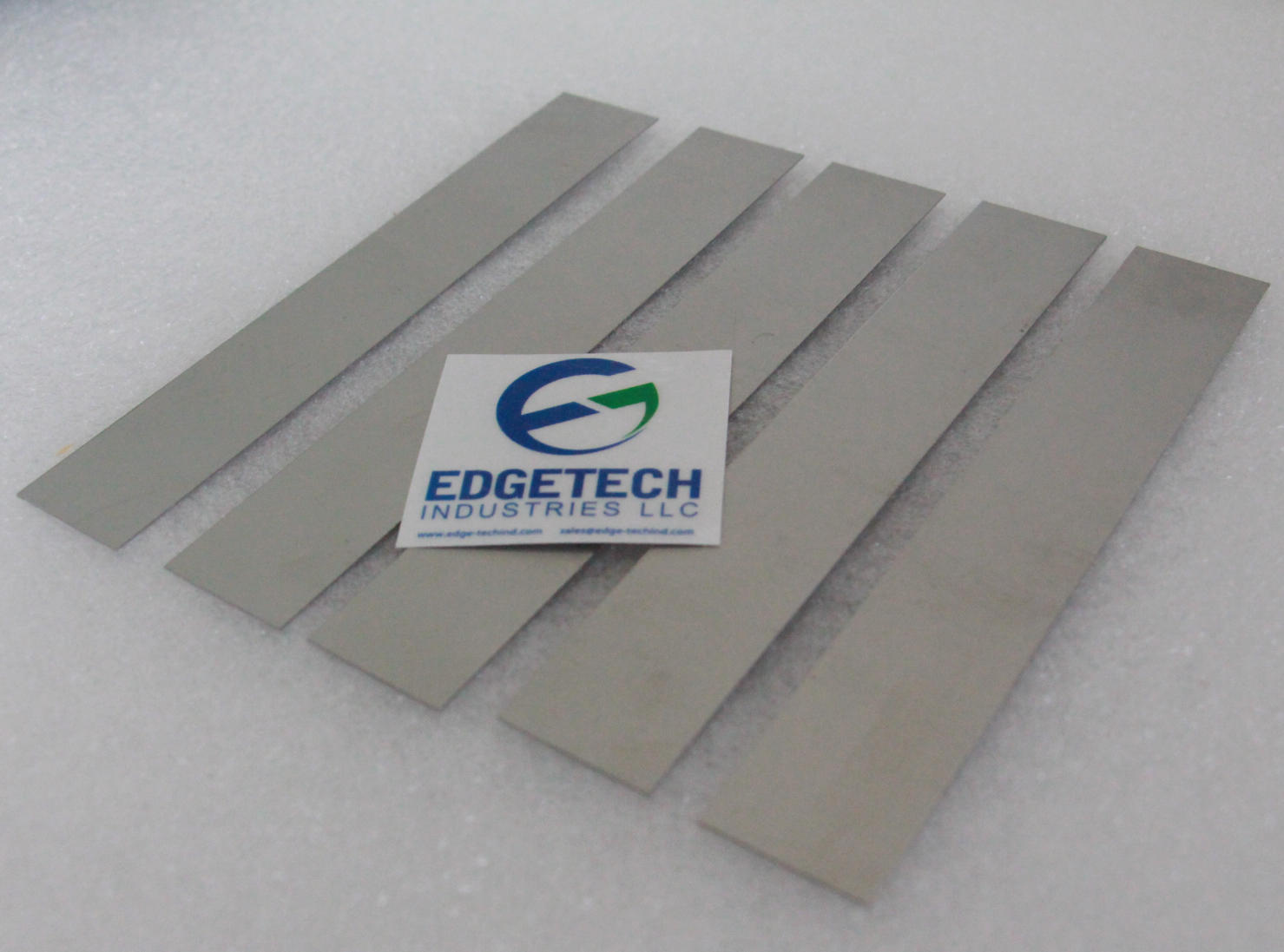
Nitinol (Nitinol) alloys have many material and device characteristics, for example, kinking resistance, stress constancy, dynamic interference, deflection stiffness, magnetic resonance imaging (MR1) compatibility, radiopacity and biocompatibility. The most famous characteristics of Nitinol are its superelasticity and thermal shape memory. Although the term "shape memory" describes the phenomenon of restoring a predetermined shape by hearing and deforming the shape "plastically", the term "superelasticity" refers to the great elasticity of these alloys, which can be 10 times greater than the best stainless steel. Steel used in medicine today. Although both effects are spectacular, they are not the only important properties of the material.
Nitinol has two characteristics: shape memory effect (SME) and superelasticity (SE).
Shape memory
Shape memory happens when mother phase of a certain shape is cooled from above the Af temperature to below the Mf temperature and completely forms the martensite, deforming the martensite below Mf temperature. After being heated to below Af temperature, with reverse phase transformation, the material will automatically restore its shape in mother phase. In fact, the shape memory effect is a thermally induced phase transition process of nitinol. It refers to ability of nitinol to deform at a certain temperature and then restore the original, non-deformed shape when the temperature is higher than its "transition temperature".
Superelasticity
The so-called superelasticity refers to the phenomenon in which the sample produces a strain that is far greater than the elastic limit strain under the effect of external forces and the strain can automatically restore during unloading. In mother phase, due to the effect of external stress, the strain triggers martensitic phase transition so that the alloy exhibits mechanical behaviors that are different from those of ordinary materials. Its elastic limit is much larger than that of ordinary materials. And it no longer follows Hooke’s Law. Compared with shape memory effect, superelasticity does not involve heat.
The unique characteristics of these nickel-titanium alloys combined with strength, fatigue resistance, biocompatibility, and MRI compatibility provide an interesting solution for the design of advanced medical devices. Conventional metal materials used for stents, filters, and other interventional devices exhibit elastic deformation behaviors that are very different from those of human body structures. Nitinol alloys have similar behaviors. Nitinol is an aromatic or near-equiatomic intermetallic compound of titanium and nickel.